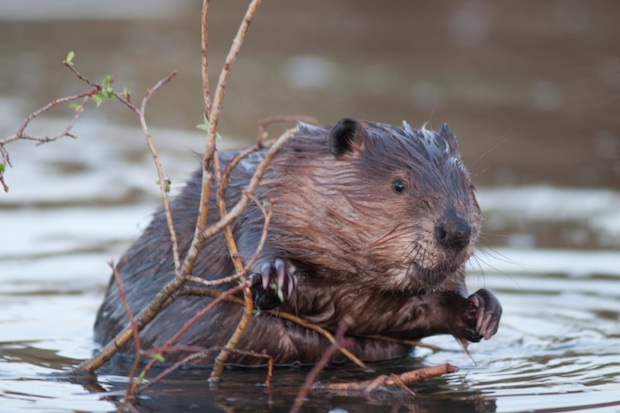All this talk about dredging is well and good; but could the humble beaver in fact be the solution to the nation’s floods? Well, as far as the Mammal Society are concerned, yes.
The animal has been extinct in the UK since the sixteenth century, but in recent years people have been pushing for its reintroduction. There are already two separate wild beaver colonies in Scotland, which have elicited a mixture of good and bad reactions from locals. But could they really help with the flooding?
The Mammal Society’s argument is that beavers – ‘the master river engineer’ – create ‘impoundments’ with their damming, which help to keep water upland by holding it back in ponds and small streams. As well as slowing down the flow of water into larger rivers, this also forces the ground to retain more water, creating more wetlands.
So yes, beavers might help to slow water flow – but it’s hard to see that they would have prevented the floods entirely. And their presence isn’t always beneficial when it comes to flood prevention, either. Beavers were reintroduced to Estonia in the ‘50s; but over a thousand were culled in 2006 when they caused flooding in forests, where excess water had gathered as a result of their damming. They were also blamed for blocking drainage canals – something Somerset could do without.
Perhaps reintroducing the beaver isn’t the simple solution that the Mammal Society make it out to be. And, even if it could help in the long term, I suspect that flood victims want money spent on removing excess water and fixing damage, rather than on imported Norwegian beavers.







Comments